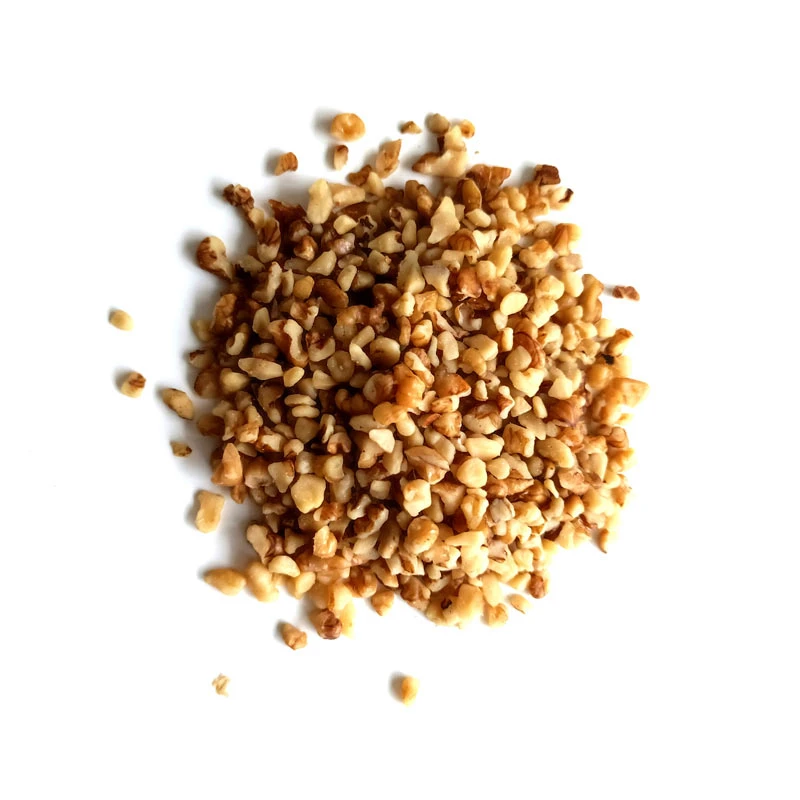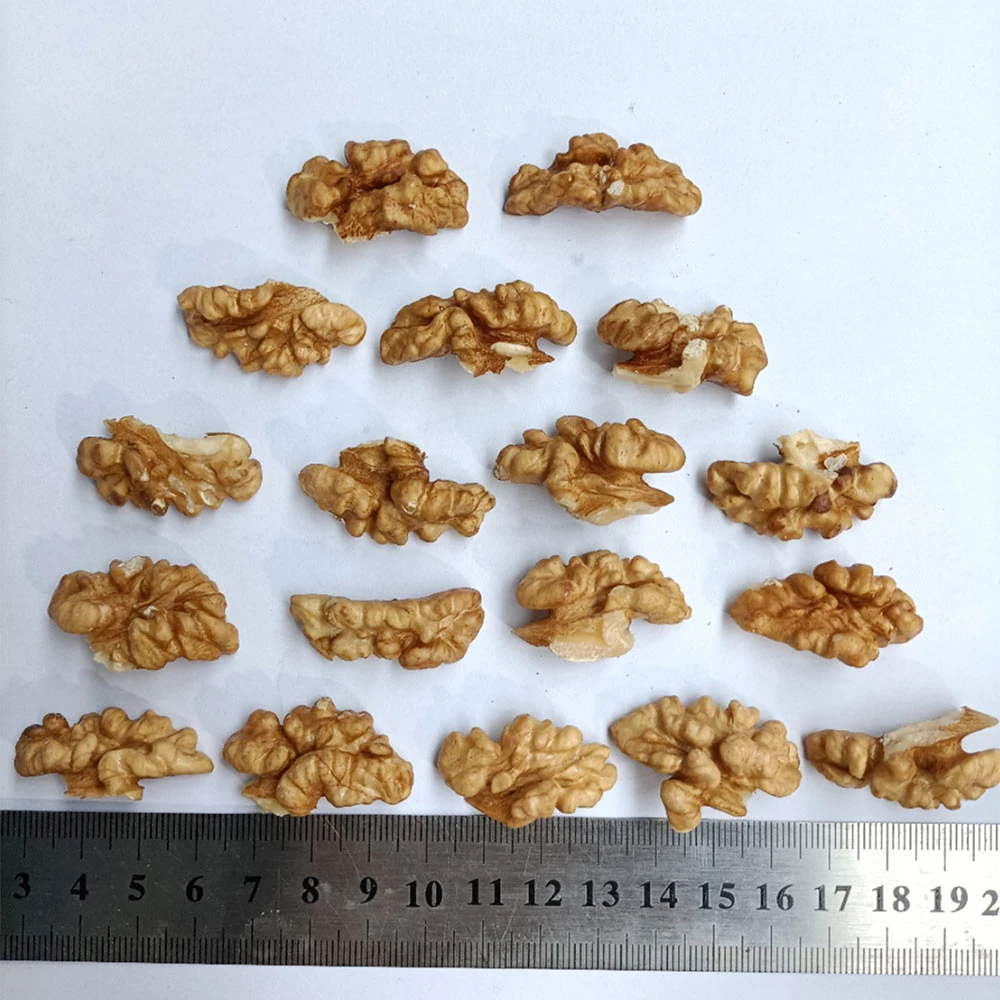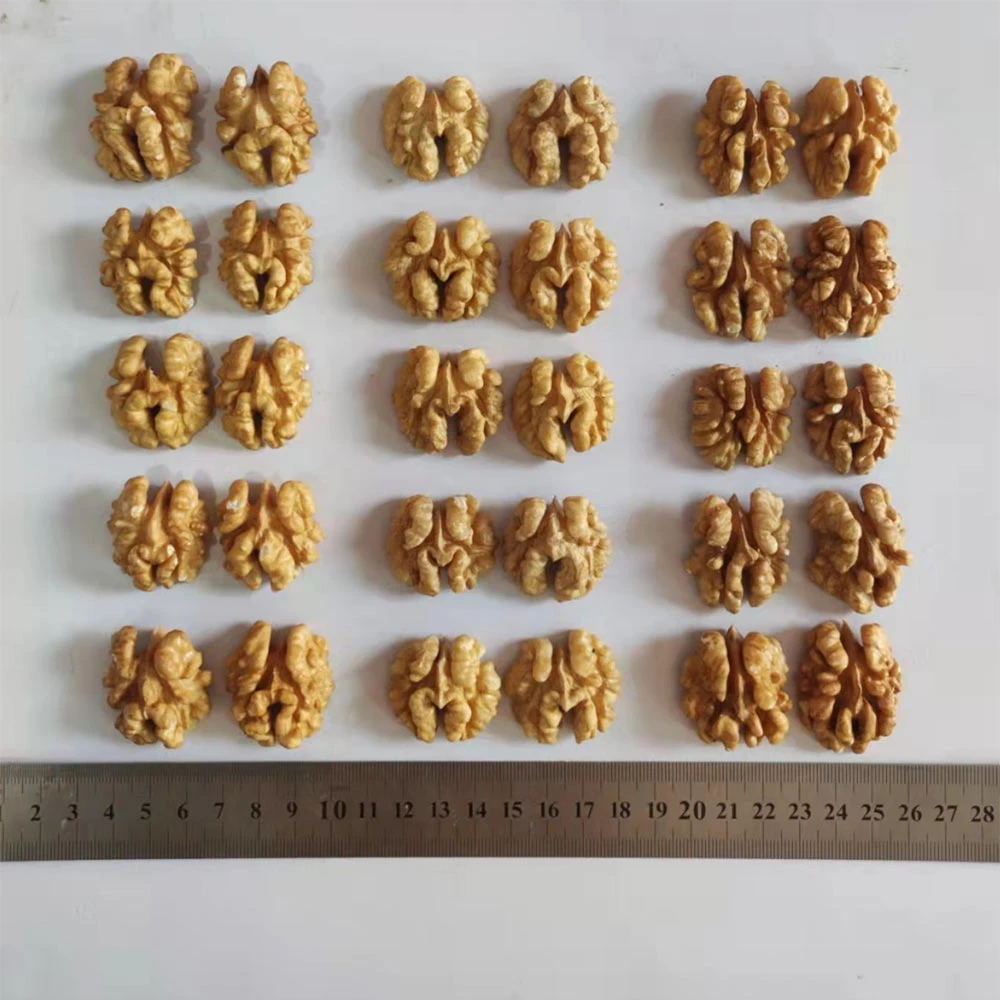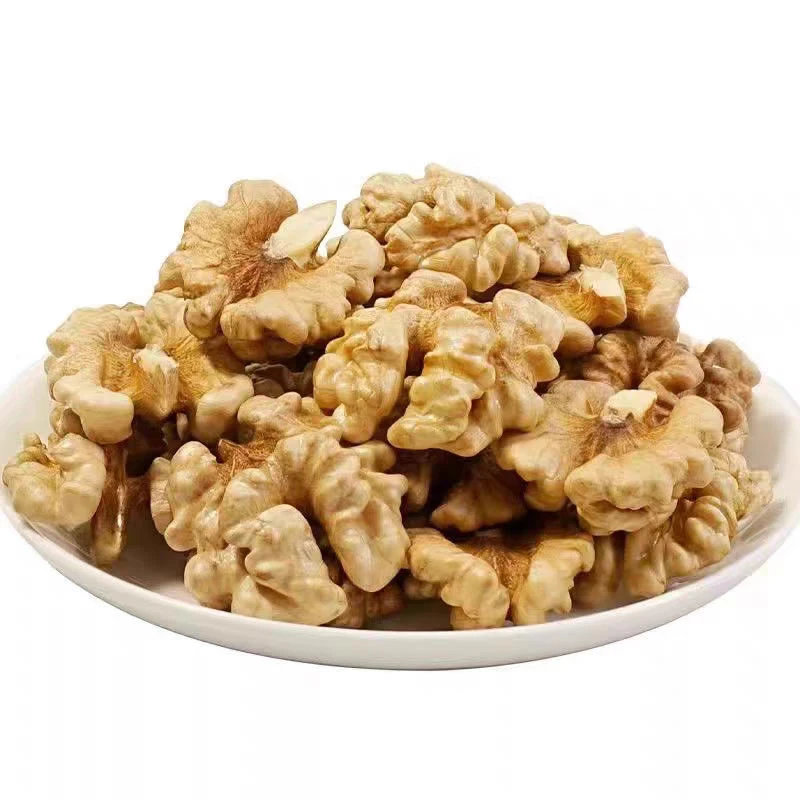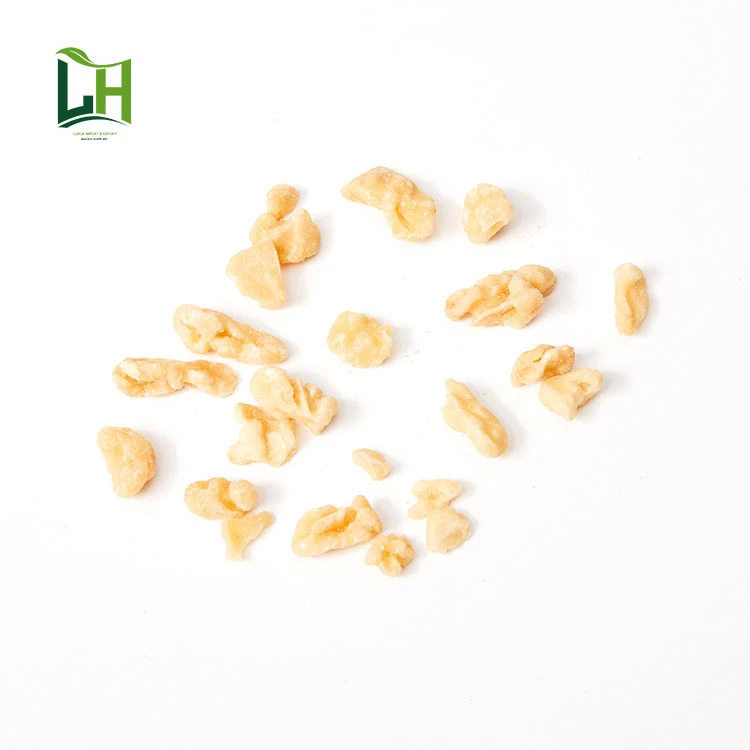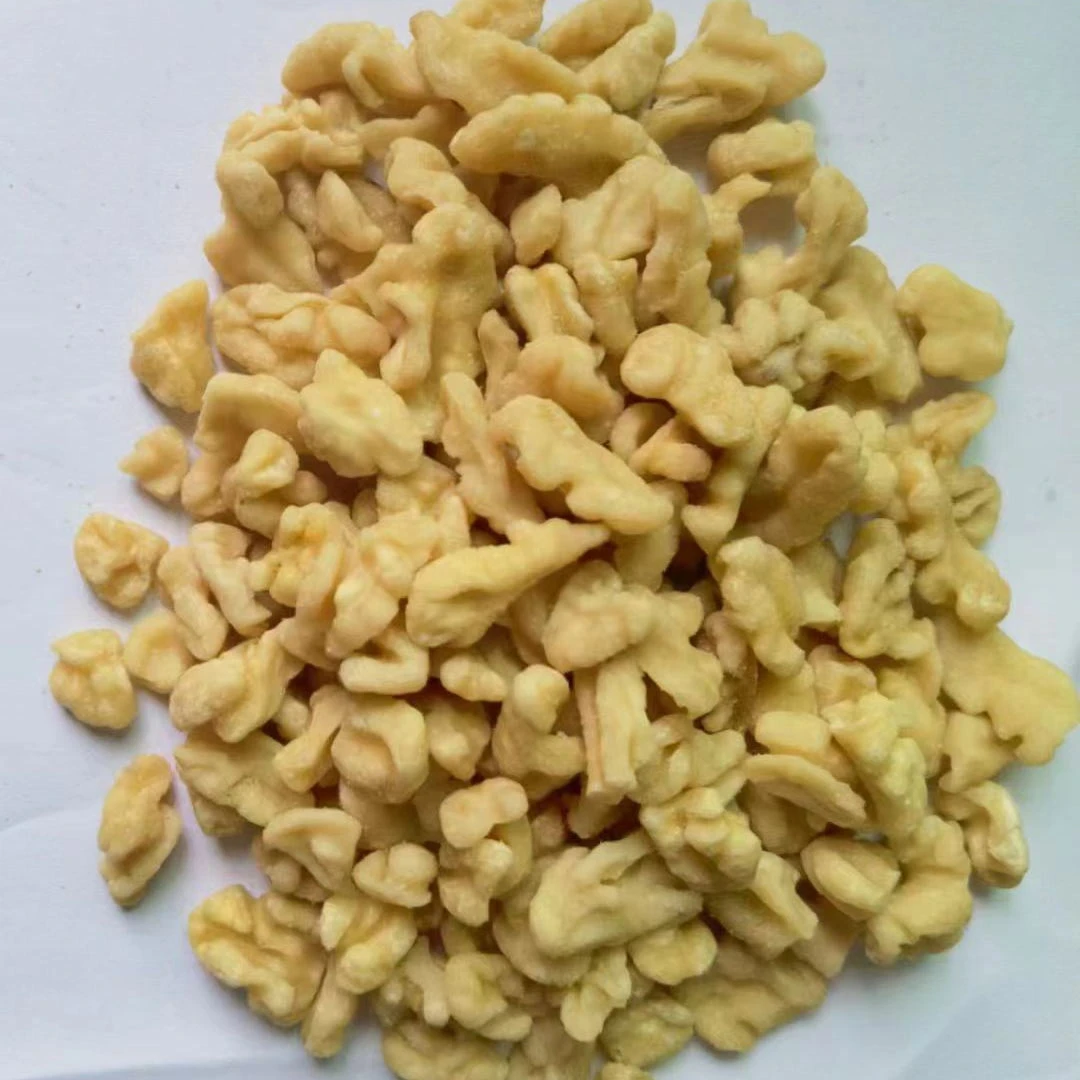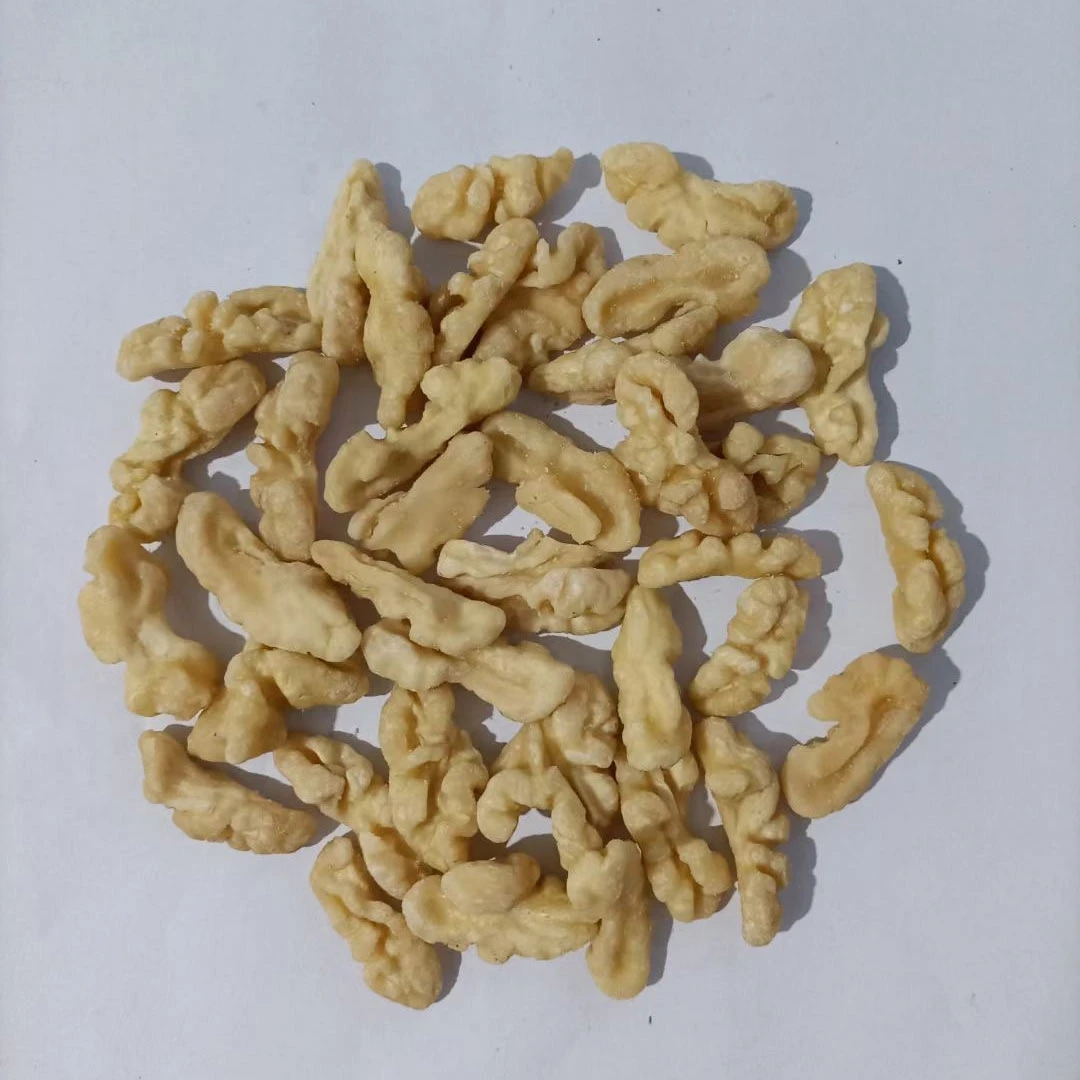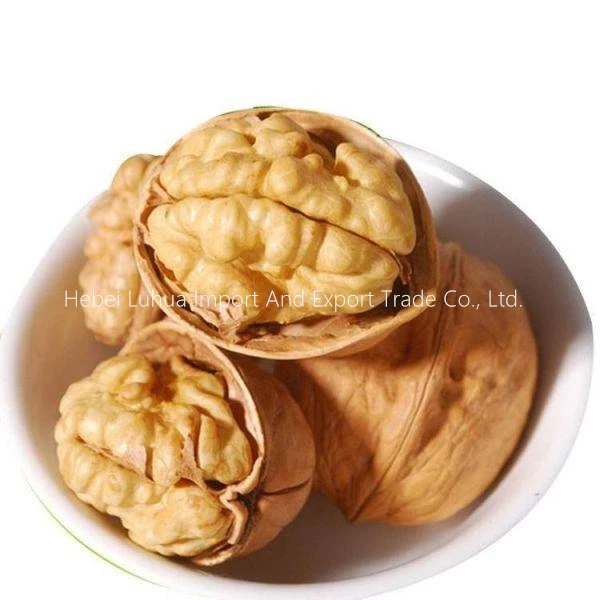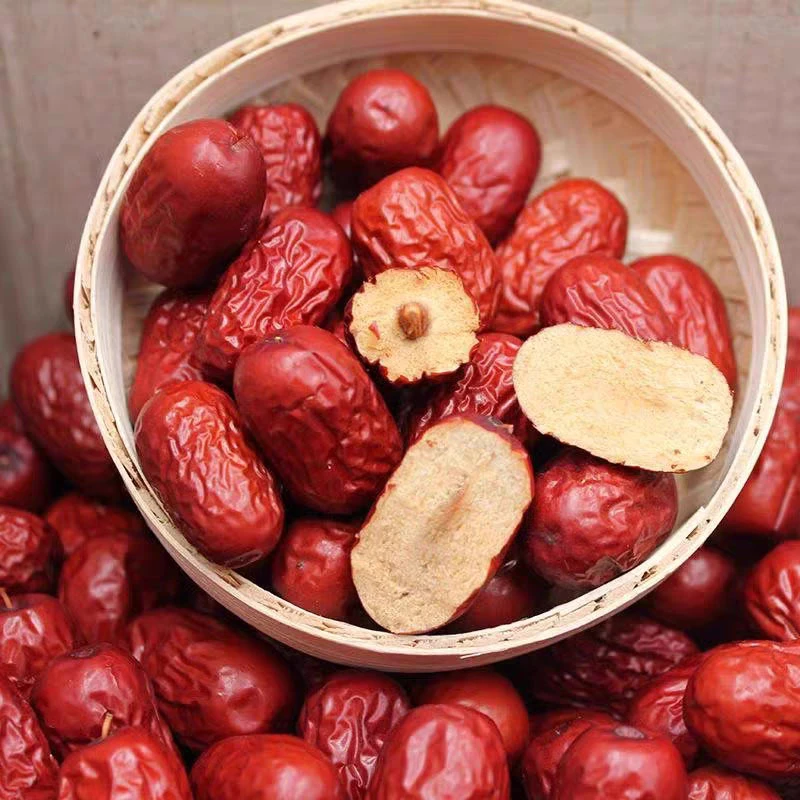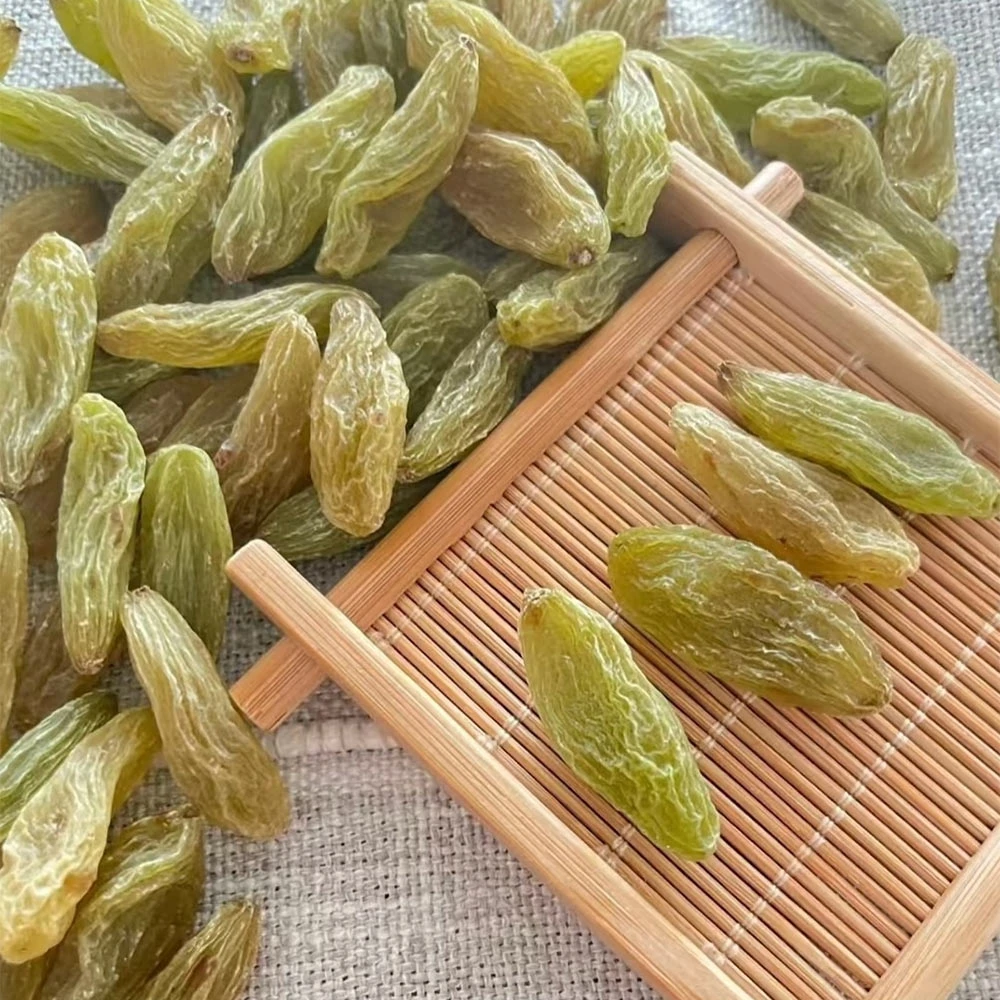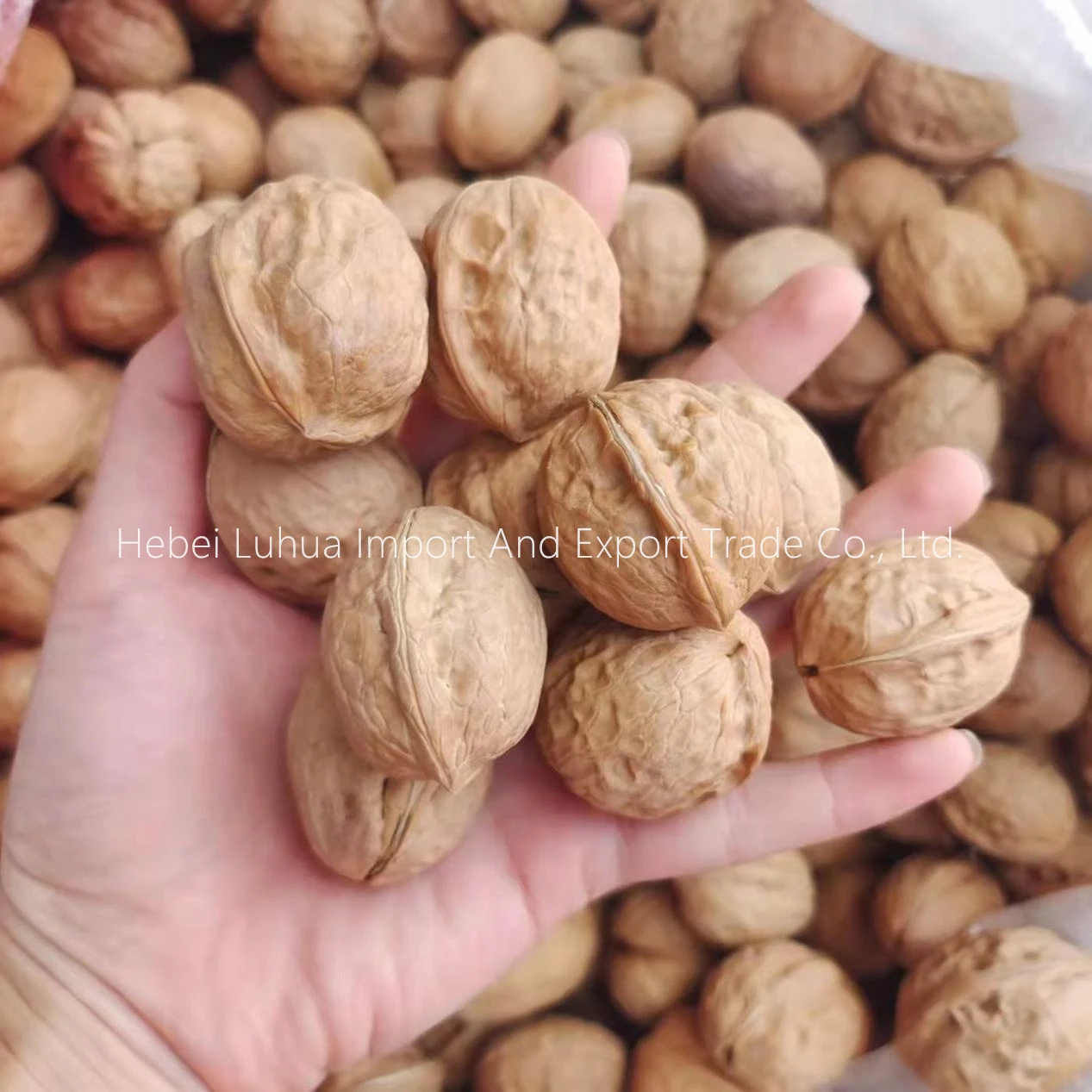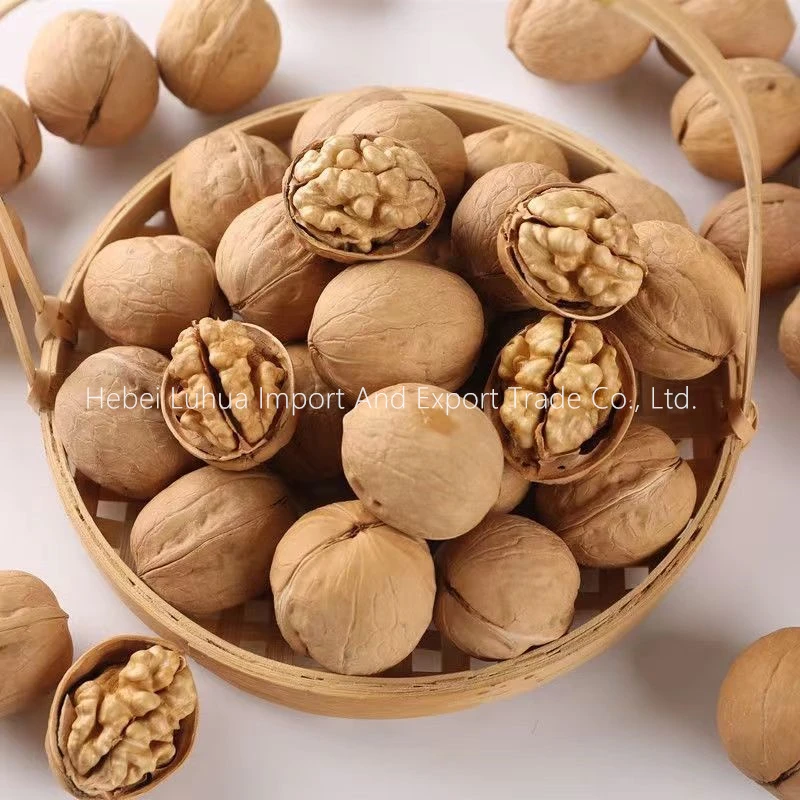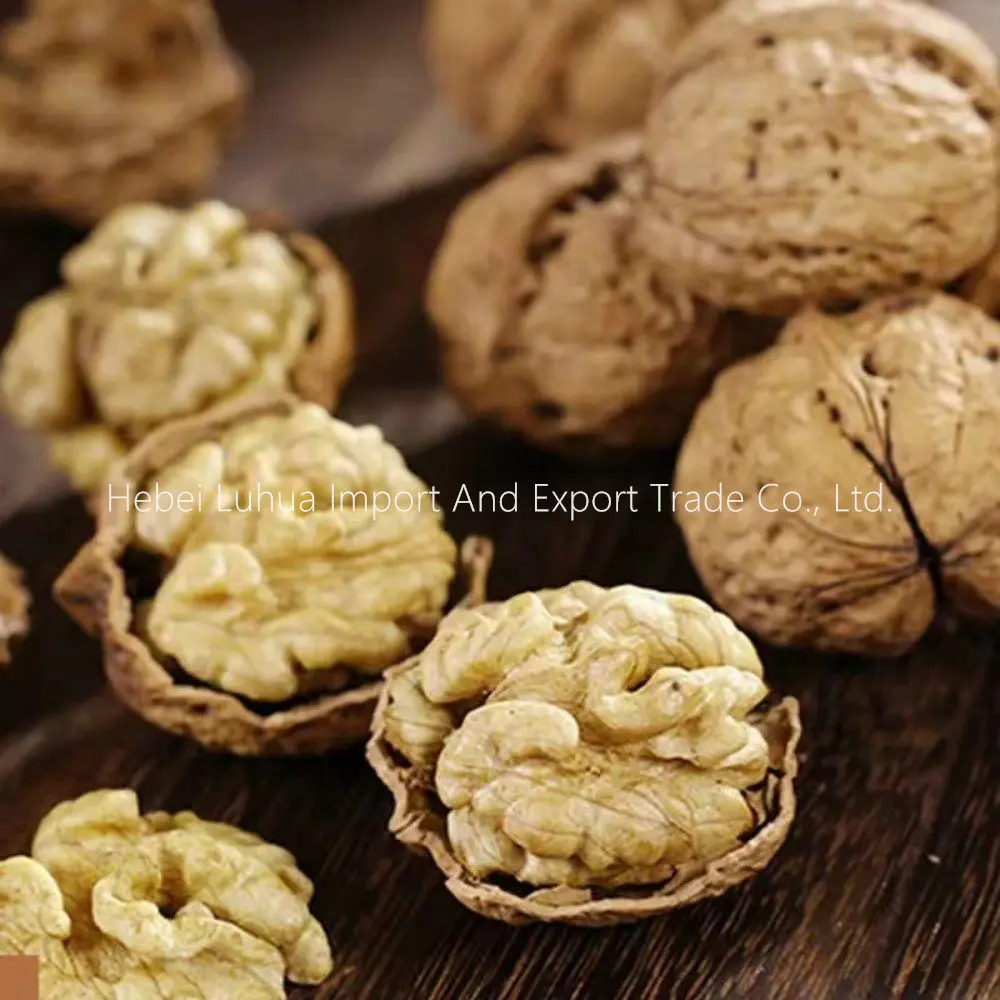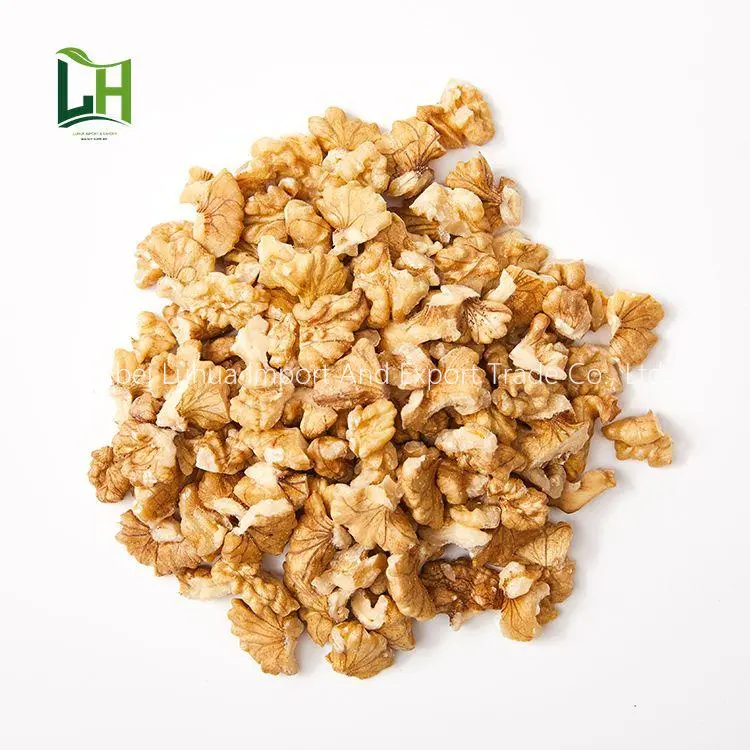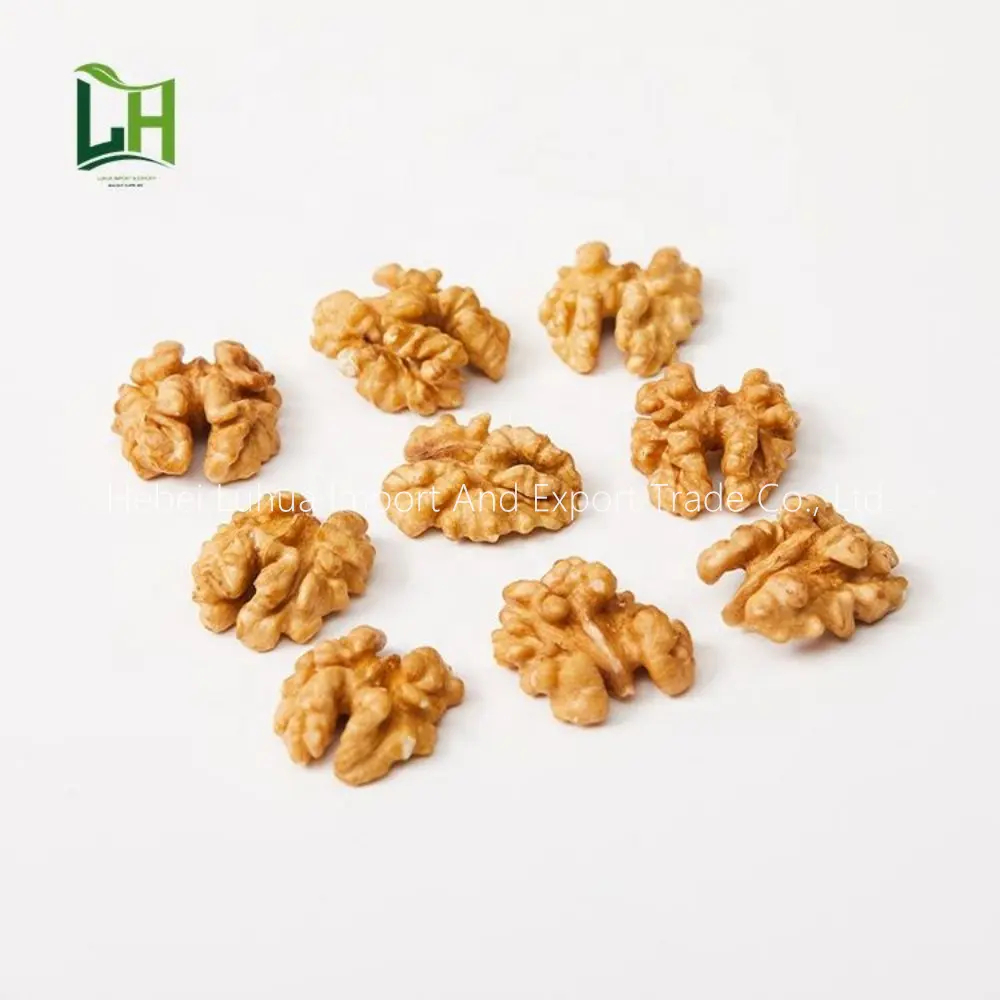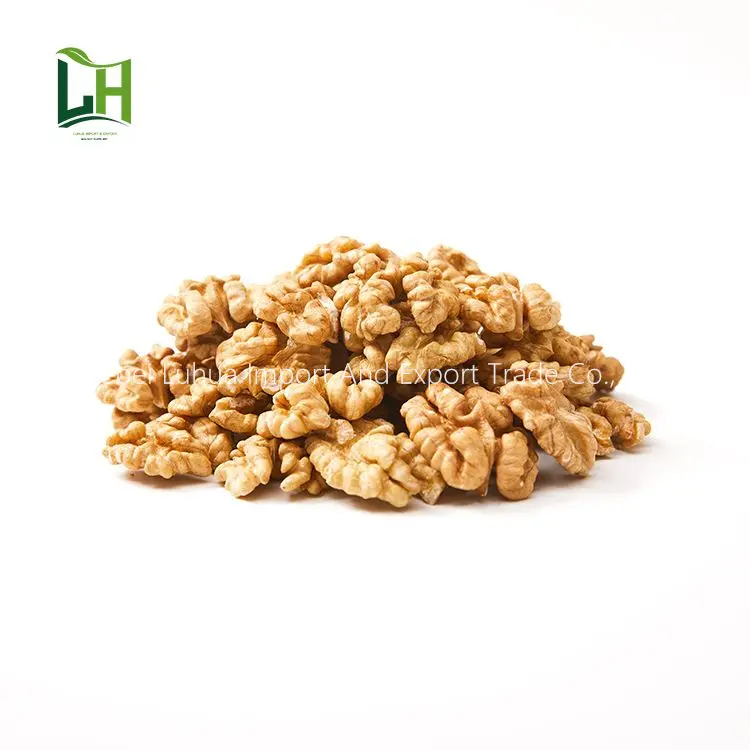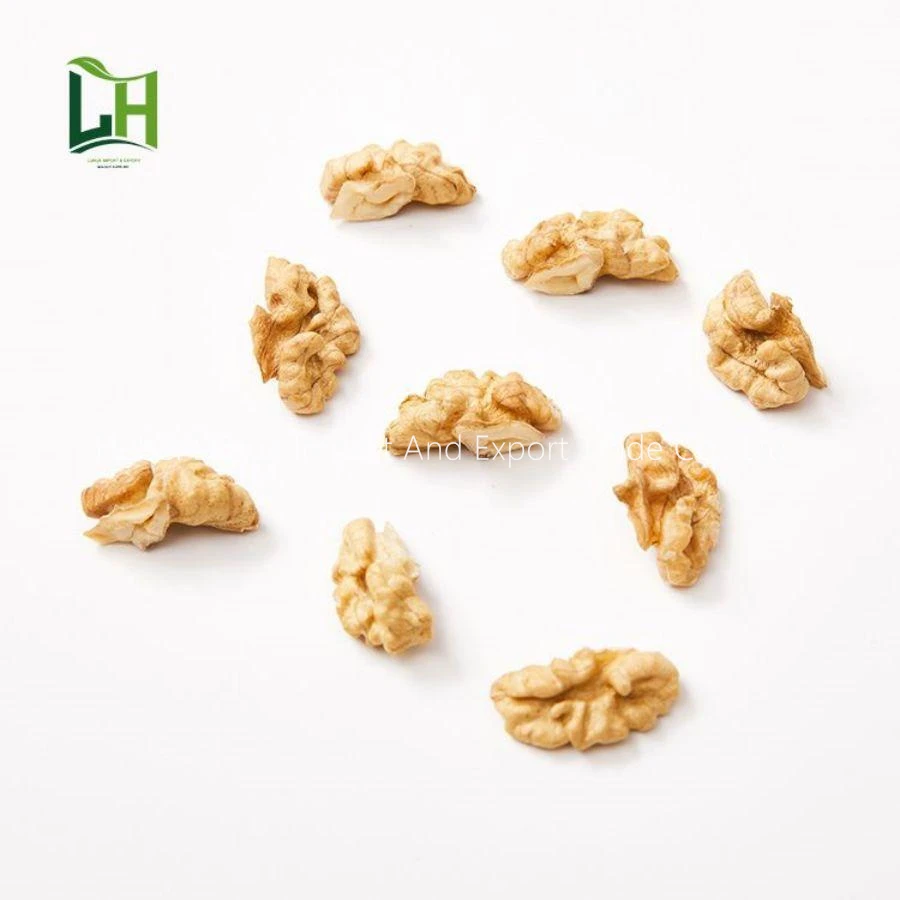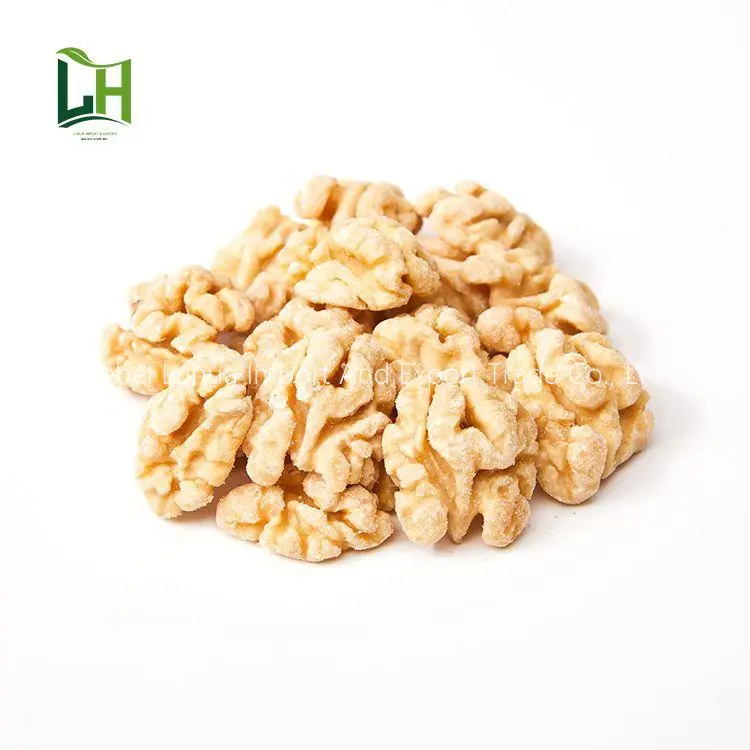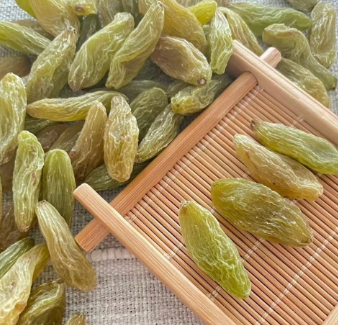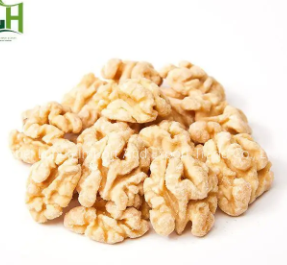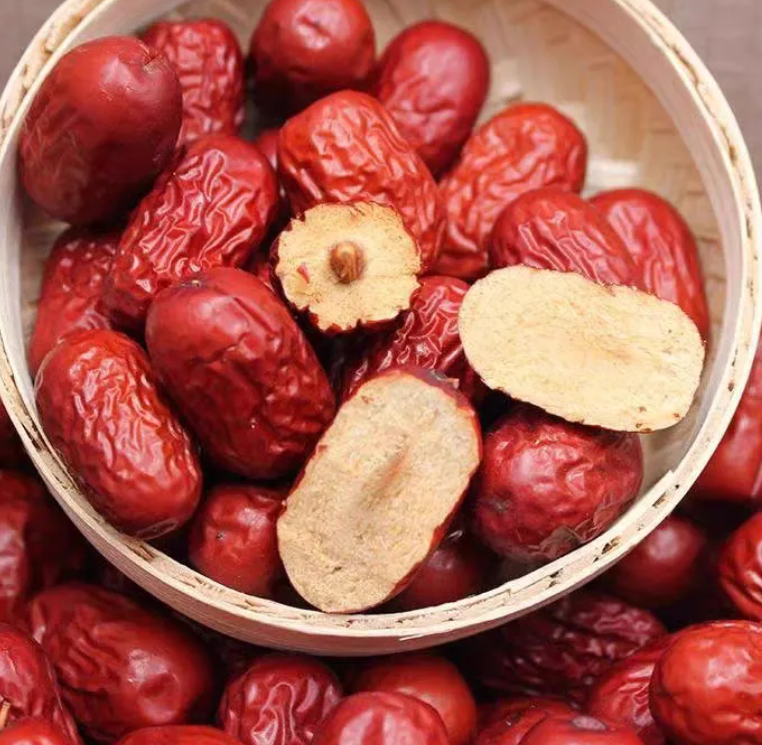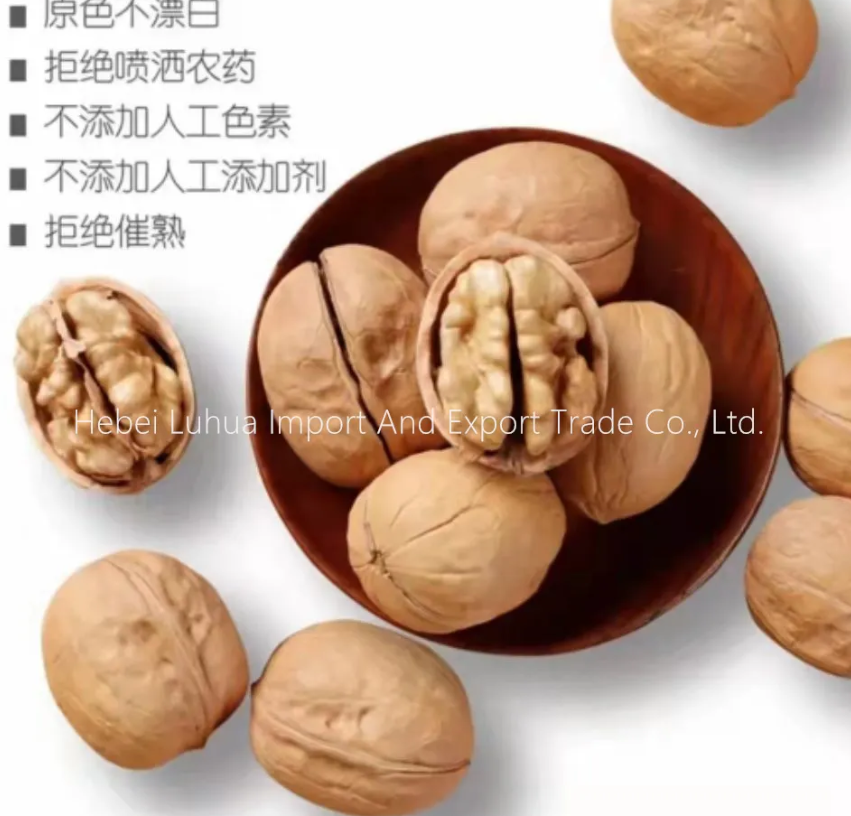- Introduction to walnut price per kilo
and global market overview - Analysis of factors influencing walnut kilo price
- Technological advancements in walnut cultivation and their cost impact
- Leading walnut producers: Price comparison and quality metrics
- Custom sourcing solutions and bulk purchasing strategies
- Real-world applications and case studies on maximizing walnut value
- Conclusion: Navigating the evolving 1kg walnut price per kg landscape

(walnut price per kilo)
Understanding Walnut Price Per Kilo: A Global Perspective
The walnut price per kilo is a crucial metric for buyers, suppliers, and distributors in the international food industry. As global demand for nutritious, plant-based proteins rises, walnuts have secured their place at the forefront of healthy eating. Tracking walnut kilo prices worldwide offers insights into both resource allocation and economic fluctuations.
The worldwide average walnut price per kilo has seen significant shifts over the past decade. For instance, the Food and Agriculture Organization (FAO) reports that the global trade volume for walnuts reached over 1.2 million metric tons in 2023, with a corresponding average export price of $3.90 per kilo. However, this figure masks considerable variation: U.S. in-shell walnuts averaged $2.85/kg in Q3 2023, while premium Chinese walnuts approached $4.50/kg during peak season.
The complex interaction of climate, yields, varieties, and global shipping costs means that every market participant must maintain a close watch on up-to-date price trends. Whether for retail, food processing, or health food sectors, understanding the walnut price per kilo is essential for competitive positioning.
The worldwide average walnut price per kilo has seen significant shifts over the past decade. For instance, the Food and Agriculture Organization (FAO) reports that the global trade volume for walnuts reached over 1.2 million metric tons in 2023, with a corresponding average export price of $3.90 per kilo. However, this figure masks considerable variation: U.S. in-shell walnuts averaged $2.85/kg in Q3 2023, while premium Chinese walnuts approached $4.50/kg during peak season.
The complex interaction of climate, yields, varieties, and global shipping costs means that every market participant must maintain a close watch on up-to-date price trends. Whether for retail, food processing, or health food sectors, understanding the walnut price per kilo is essential for competitive positioning.
Core Factors Influencing Walnut Kilo Price
Fluctuations in walnut kilo price stem from a diverse range of economic, environmental, and logistical factors. Below, we explore the fundamental drivers:
- Harvest Yields: Weather variability and water availability dictate annual walnut output. For example, droughts in California—a region accounting for over 50% of global supply—routinely trigger spikes in 1kg walnut price per kg by constricting supply.
- Varietal Choice: Chandler and Hartley walnuts are favored for export due to their quality, impacting pricing tiers. Premium varieties may command up to 20% higher prices than standard grades.
- Labor and Production Costs: Labor shortages in key producing regions can cause production costs—and thus prices—to increase, especially where hand harvesting remains standard practice.
- International Trade Policies: Export tariffs, currency fluctuations, and geopolitical tensions can impact cost structures, directly influencing walnut price per kilo on the global market.
- Consumer Trends: A rising demand for organic and sustainably farmed walnuts has led to niche pricing strategies, with organic walnuts often priced 25-40% higher per kilo.
Technological Advantages in Walnut Production and Their Impact on Cost
In the face of market volatility, technology is increasingly leveraged to optimize walnut production and stabilize walnut kilo price benchmarks.
By investing in innovation, suppliers set themselves apart—delivering superior value at competitive rates.
- Precision Agriculture: Adoption of soil sensors, targeted irrigation, and drone surveillance helps reduce waste and increase yields per hectare by up to 18% in leading orchards. This efficiency gain directly cushions against external price shocks.
- Post-Harvest Automation: Automating cleaning, sorting, and grading trims labor costs, enabling suppliers to offer more competitive 1kg walnut price per kg without compromising quality.
- Cold Chain Logistics: Innovations in refrigeration and tracking have extended shelf life, allowing exporters to reach distant markets year-round, reducing price pressure from spoilage and seasonal gluts.
| Parameter | Traditional Orchard | Tech-Enhanced Orchard |
|---|---|---|
| Yield (tons/ha) | 3.1 | 4.5 |
| Labor Cost/kg ($) | 0.35 | 0.21 |
| Average Sale Price/kg ($) | 3.40 | 3.15 |
| Waste Reduction (%) | 5 | 1.2 |
| Organic Certification Possible | Low | High |
By investing in innovation, suppliers set themselves apart—delivering superior value at competitive rates.
Walnut Manufacturers: Pricing and Quality Comparison
The international arena of walnut producers is dominated by the United States, China, Iran, and Chile, each offering distinct pricing and quality propositions. The following table illustrates a comparative overview based on 2023 export prices and core quality metrics:
Buyers must weigh these metrics in relation to target markets. For premium retail, higher price can be justified by variety, kernel color, and organic certification. For industrial baking or oil extraction, price sensitivity may outweigh aesthetic factors. Strategic sourcing from multiple suppliers often optimizes both reliability and value.
| Producer Country | Average Price/kg ($, FOB) | Main Variety | Kernel Color (Light %) | Shell Type | Organic Availability |
|---|---|---|---|---|---|
| USA (California) | 2.85 | Chandler | 86% | Thin | Medium |
| China | 4.50 | Xinjiang | 74% | Medium | High |
| Iran | 3.35 | Howard | 81% | Thin | Low |
| Chile | 3.70 | Serr | 84% | Thin | Medium |
Buyers must weigh these metrics in relation to target markets. For premium retail, higher price can be justified by variety, kernel color, and organic certification. For industrial baking or oil extraction, price sensitivity may outweigh aesthetic factors. Strategic sourcing from multiple suppliers often optimizes both reliability and value.
Customization and Bulk Purchasing: Tailoring Walnut Solutions
Not every buyer seeks the same quality or specification in walnuts. Increasingly, suppliers offer bespoke solutions tailored to the needs of food processors, wholesalers, and health food brands. Key aspects include:
- Form: Buyers can request in-shell, halves, quarters, or chopped kernels depending on application.
- Grade: Grading based on size and kernel color enables targeting of different quality segments.
- Packaging: Custom labeling, vacuum packaging, or bulk sacks to suit downstream logistics.
- Certifications: Organic, Non-GMO, Kosher, and ISO 22000 certifications bolster marketability and justify price premiums.
- Volume: Large-volume contracts (20+ metric tons) unlock preferential walnut kilo price offers, with discounts ranging from 6% to 17% for committed annual purchase plans.
Industry Use Cases: Maximizing Returns in Walnut Applications
Walnuts form a core ingredient across a range of commercial, culinary, and nutritional applications. Case studies spanning industrial baking, nutrition bars, and oil processing illustrate how targeted sourcing can maximize returns:
- Baked Goods Producer: By negotiating a direct supply agreement with a premium Chilean grower, a European bakery chain achieved a 14% reduction in the effective 1kg walnut price per kg while boosting product quality, as measured by kernel light fraction and customer reviews.
- Health Food Brand: An emerging brand specializing in organic protein bars leveraged bulk sourcing of certified organic walnuts from China, differentiating its product with a “superfood boost” and commanding a 28% retail price premium over competitors.
- Walnut Oil Extractor: An Iranian processor optimized procurement by blending standard and premium grade kernels, balancing extraction yield and cost. The blended approach lowered their input walnut price per kilo by 10% while maintaining fatty acid profile standards required for export markets.
Conclusion: Navigating the Evolution of 1kg Walnut Price Per KG
Staying ahead in the ever-evolving walnut market means proactively tracking walnut price per kilo dynamics, closely examining supplier capabilities, and adopting innovative sourcing strategies. As both consumer preferences and technical advantages advance, buyers are presented with unparalleled opportunities to maximize value—balancing quality, customization, and cost control within an inherently global supply chain.
Forward-thinking procurement managers consistently monitor market indicators, bolster supplier relationships, and advocate for the adoption of technology at every stage from orchard to table. Ultimately, understanding and responding to the 1kg walnut price per kg landscape elevates not only commercial outcomes but also the quality and accessibility of a timeless, nutritious product.
Forward-thinking procurement managers consistently monitor market indicators, bolster supplier relationships, and advocate for the adoption of technology at every stage from orchard to table. Ultimately, understanding and responding to the 1kg walnut price per kg landscape elevates not only commercial outcomes but also the quality and accessibility of a timeless, nutritious product.
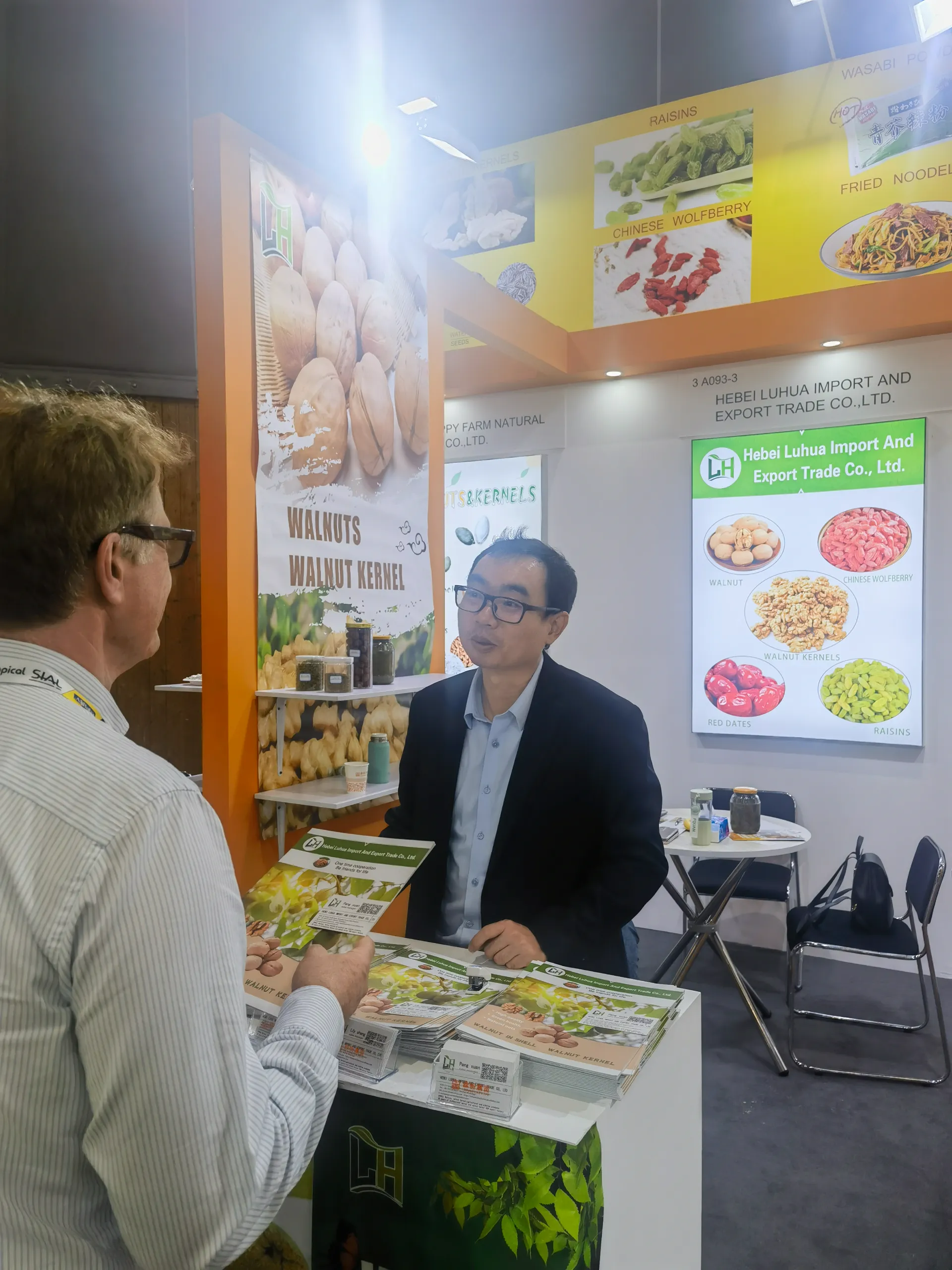
(walnut price per kilo)
FAQS on walnut price per kilo
Q: What is the current walnut price per kilo?
A: The current walnut price per kilo varies depending on quality and origin but generally ranges from $4 to $12 per kg. Prices may also fluctuate based on market demand and season.Q: How does the walnut kilo price change throughout the year?
A: Walnut kilo price often increases during off-harvest seasons and decreases after fresh harvests. Global supply and demand also impact prices throughout the year.Q: Where can I find the best 1kg walnut price per kg?
A: The best 1kg walnut price per kg can be found at wholesale markets, online retailers, or directly from farms. Comparing multiple sources helps get the best rate.Q: Does walnut price per kilo differ between shelled and unshelled walnuts?
A: Yes, shelled walnuts usually have a higher price per kilo compared to unshelled ones due to additional processing. The difference can be significant depending on quality.Q: Are there significant differences in walnut kilo price by country?
A: Yes, the walnut kilo price varies widely between countries depending on local production and import costs. For example, prices may be lower in major producing countries like the USA and China.Post time:Jul . 08, 2025 11:11
